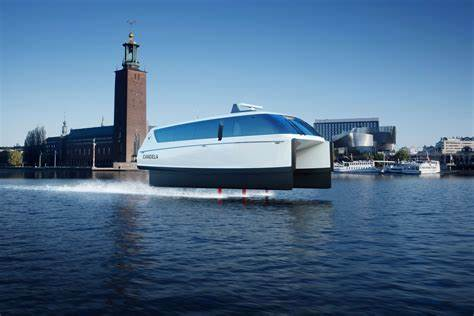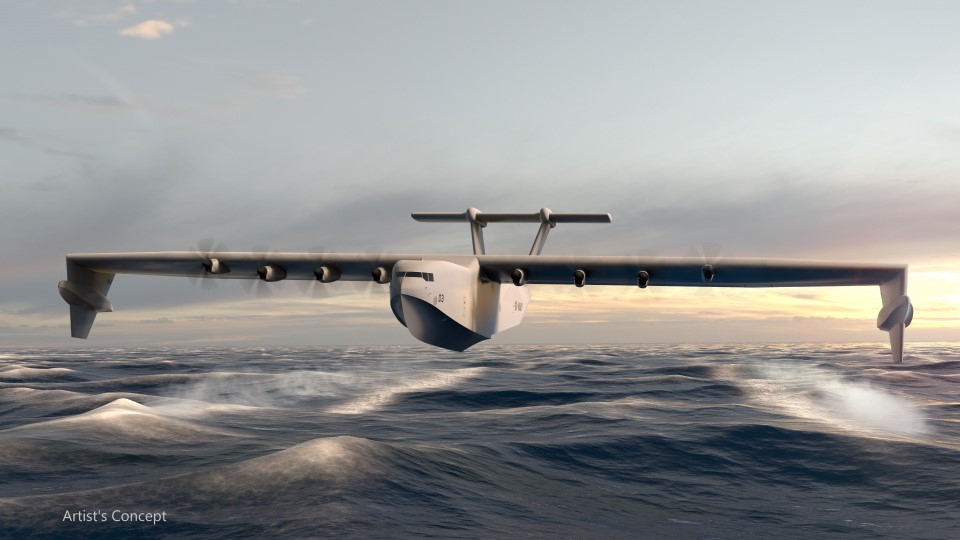The moonbase can involve cabin modules that have life support systems. The problem in the moonbase is radiation and micrometeorites. Also, solar wind or plasma flow from the sun can cause problems in the cabins. When high-energy plasma impacts the moonbase it causes radiation and electric pikes. And that's why there should be some kind of magnetic system like high-power electric magnets. That can pull that plasma away from the moon base.
In many models, there can also be a liquid hydrogen layer between manned module and space. The liquid hydrogen layer that is between the sun and the crew can absorb radiation effectively. Below the hydrogen layer can be space that denies hydrogen flow into the manned module. The hydrogen shell can be like a vault or "Chernobyl" nuclear site's sarcophagus around the manned modules. That structure's purpose is to protect the crew against the cosmic radiation.
But the moon concrete is the key element in the building site. Moon minerals involve iron and titanium. The centrifugal isolator can be used to separate elements from each other. But the moon concrete can be used to make the shield against micro- and larger meteorites. The moon base must have a laser or some other system to protect it against meteorites.
Engineers use concrete to make things that they want in normal building sites. But when engineers want to make moon stations. They face many problems. And one of them is that normal concrete does not fit on the moon. Moon minerals are suitable for moon concrete. But the difference is that the system uses melted minerals.
"NASA and international partners are exploring microwave sintering to build a lunar base using local materials like ilmenite, enhancing construction efficiency by leveraging the mineral’s unique properties for rapid heating." (ScitechDaily, From Science Fiction to Reality: How Scientists Plan To Build a Lunar Base)
The laser or microwave systems melt the moon dust. And then the system makes brick- or Lego-looking structures. Then the builders will put those Lego particles in the right form, and then lasers or microwaves melt those bricks into one homogenous structure. The moon bricks are made using melted moon minerals.
The problem is: where the system gets energy. Solar panels can give electricity to the microwave systems. And lasers can use sunlight as a power source. The thing is that if there is some mineral that can fold microwaves, that thing can make it possible to create a microwave lensing system to melt moondust.
The 3D printers can create those moonbases. The melted moondust is the raw material for those 3D-printed structures. The system melts the moondust using lasers, electric arcs, or microwaves and then drives it through the nozzle.
In some possible scenarios, the iron-based moon silicate will be put in the moon dust. Then the microwaves will conduct to that mixture. And iron minerals can help the system to absorb electromagnetic radiation.
But the thing is that maybe the hybrid systems are the best in that business. Laser systems and giant optical parabolic mirrors can make it possible to melt moondust in the daytime. Then at nighttime, the system can use nuclear-powered microwave systems to make the lava, which the system can model to the structures for the moon base.
https://3dprint.com/113205/esa-3d-printed-moon-base/
https://scitechdaily.com/from-science-fiction-to-reality-how-scientists-plan-to-build-a-lunar-base/








